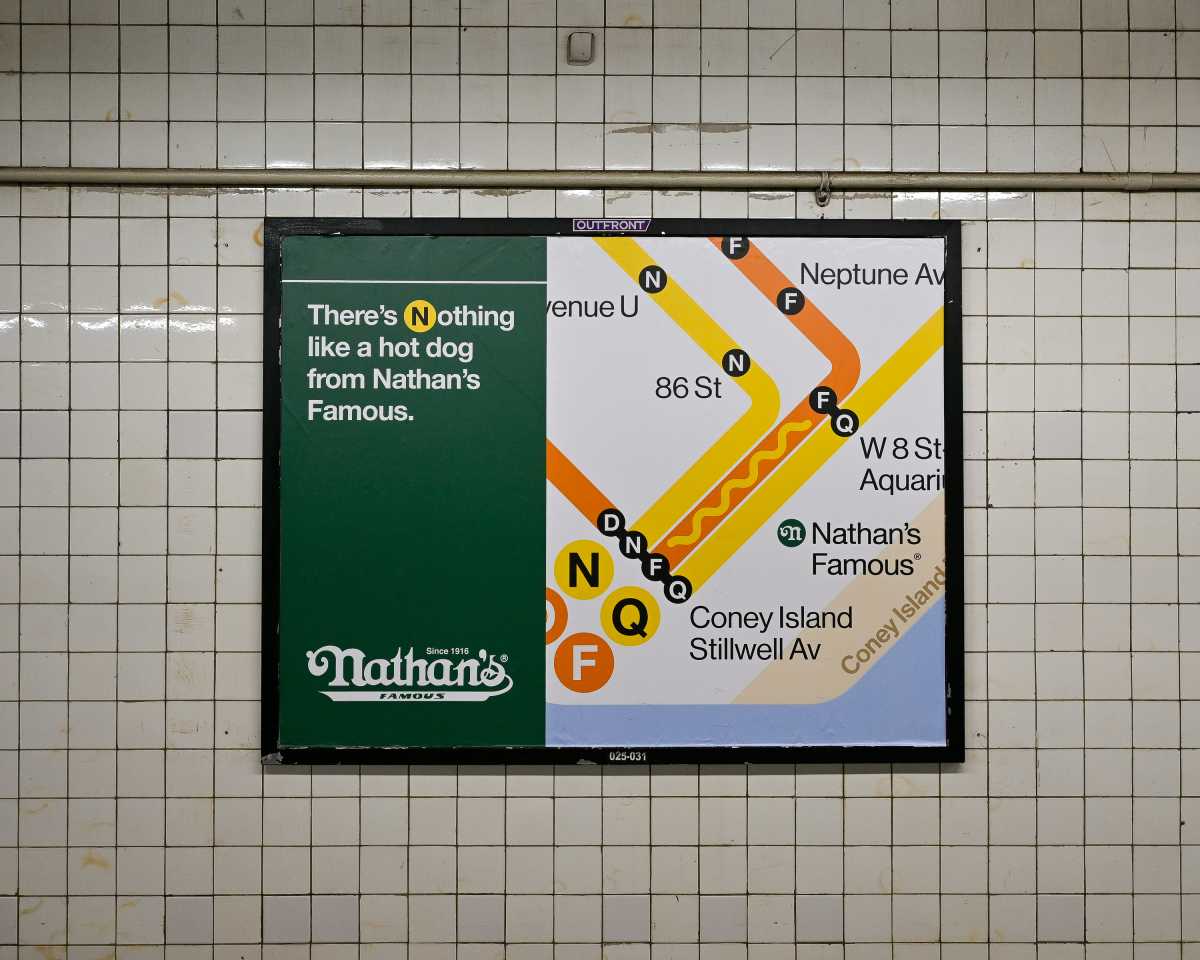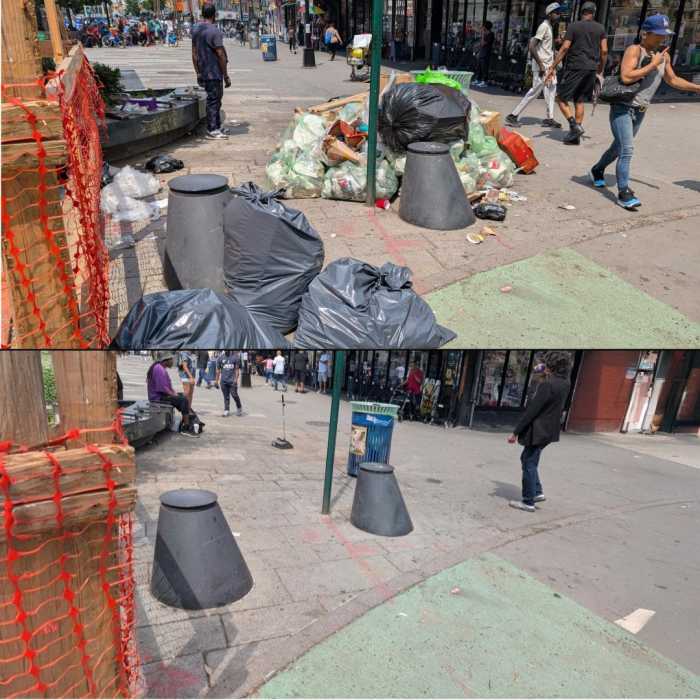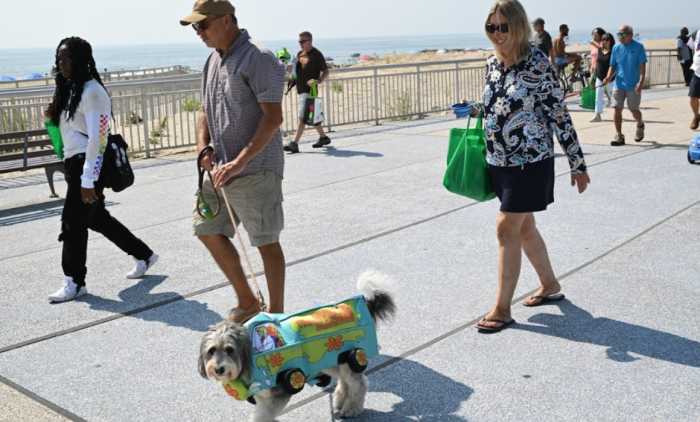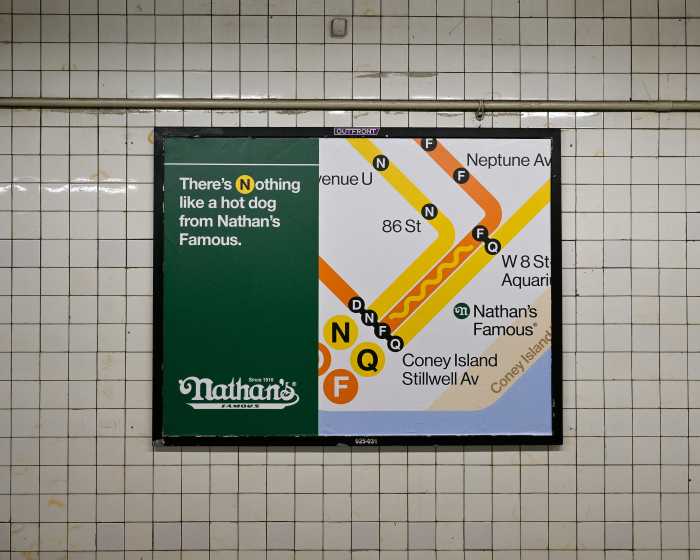Residents, community leaders, activists and local politicians weighed in Wednesday on what will be the largest downzoning in New York City history.
Contrary to the loudest rhetoric, the proposed Lower East Side/East Village changes are downzoning — not upzoning. Under current zoning, pretty much anywhere in the East Village and Lower East Side, tall, out-of-context towers can be built by acquiring air rights from neighboring properties and/or using the community-facilities zoning allowance, the latter which allows bigger buildings for institutional uses like school dormitories and healthcare facilities.
The rezoning advanced by Community Board 3, which was then taken over by the Department of City Planning, will cap building heights for 111 blocks at 80 feet in most areas, and 120 feet on select wider streets, such as Delancey and E. Houston Sts. and Avenue D. And, in order to achieve that 120-foot height, developers must voluntarily make 20 percent of their units affordable. Because there was demand for more affordable housing from some Chinatown groups, it was decided Chrystie St. would have a 145-foot height cap for new buildings, again, provided 20 percent of units are affordable.
Those are the facts.
Capping heights and providing affordable housing are good things. But since last year, opponents of the rezoning, coming extremely late to the table, have been charging that it is a “racist” plan. Their accusations are based, first, on the fact that much of Chinatown has been left out of the plan and, second, that the streets allowing the tallest development are in minority-heavy, low-income areas.
The opponents correctly point out the gentrification dangers in Chinatown. Yes, low income tenants are in danger of losing their homes, but the suggestion that somehow a zoning change one neighborhood over will fuel the fire is specious at best. Do the opponents really think defeating this change will offer some relief from this pressure?
And it was City Planning — not C.B. 3 — that decided no areas west of Third Ave. would be included in the rezoning, which is why much of Chinatown was excluded. Even without Chinatown, the rezoning area is massive; to add in Chinatown at this late point would slow the entire process down and put the whole East Village and Lower East Side at risk of unrestrained development in the meantime.
All of the East Village’s wide avenues have now been added into the inclusionary-housing mix, as well: Developers building on Second and First Aves. and Avenues A and C will now have to include “I.Z.,” 20 percent affordable housing, if they want to get all their potential square footage, though building heights will still be capped on these avenues at 80 feet.
If it’s decided Chrystie St. shouldn’t have such tall buildings, then fine. That might mean there will be less affordable housing created; but that’s the tradeoff, unfortunately.
Chinatown needs its own rezoning, work on which must start now. The cries of “racist rezoning” should stop. Where were these critics for the last three years during this very public process?
Let’s start working together and do what it takes to protect our communities and keep them livable. The East Village/Lower East Side rezoning is the best protection for these neighborhoods — as will be the rezoning of Chinatown when it, too, happens.

































